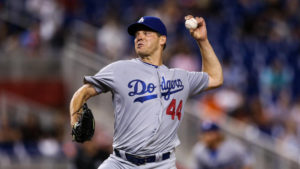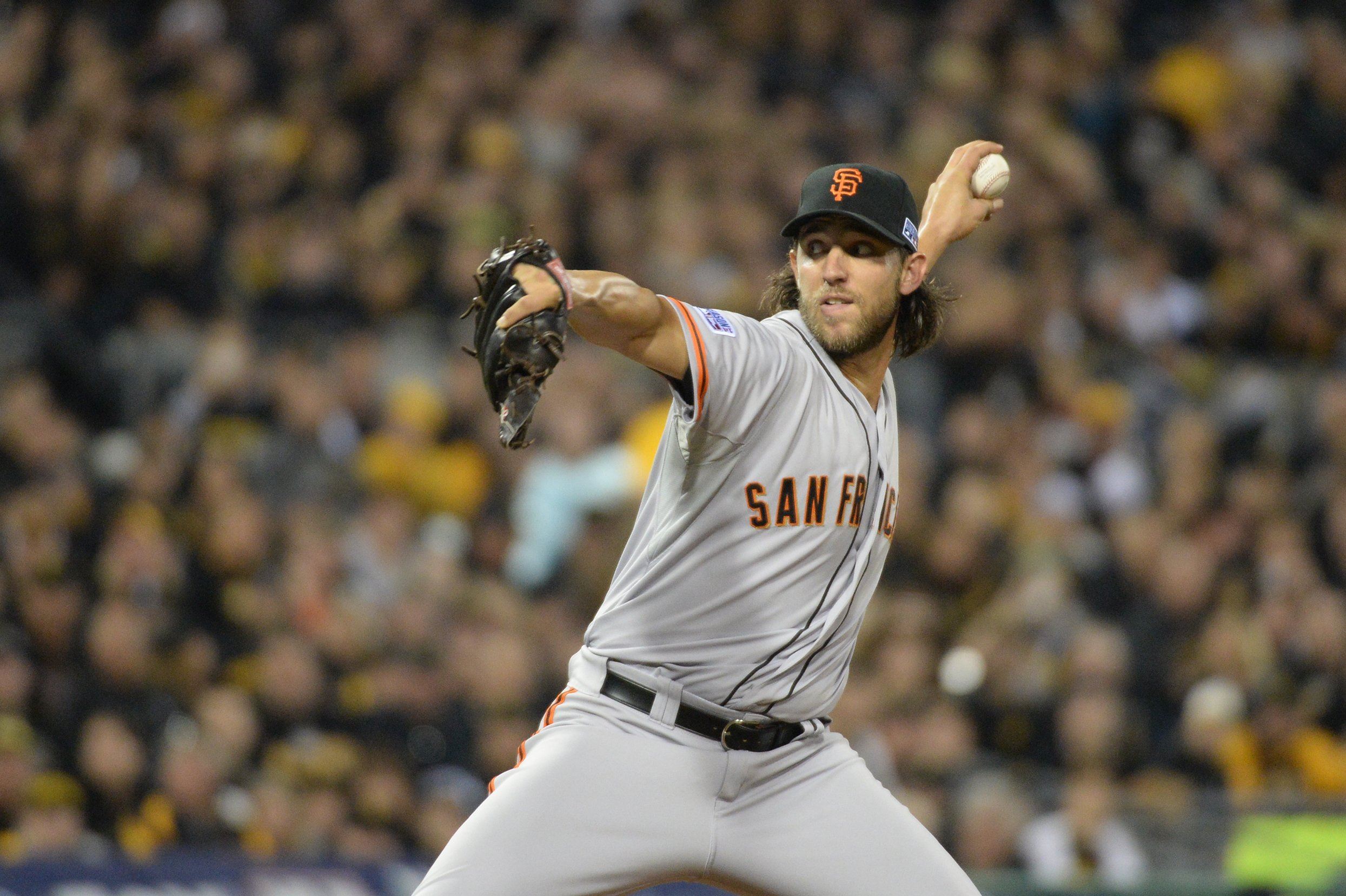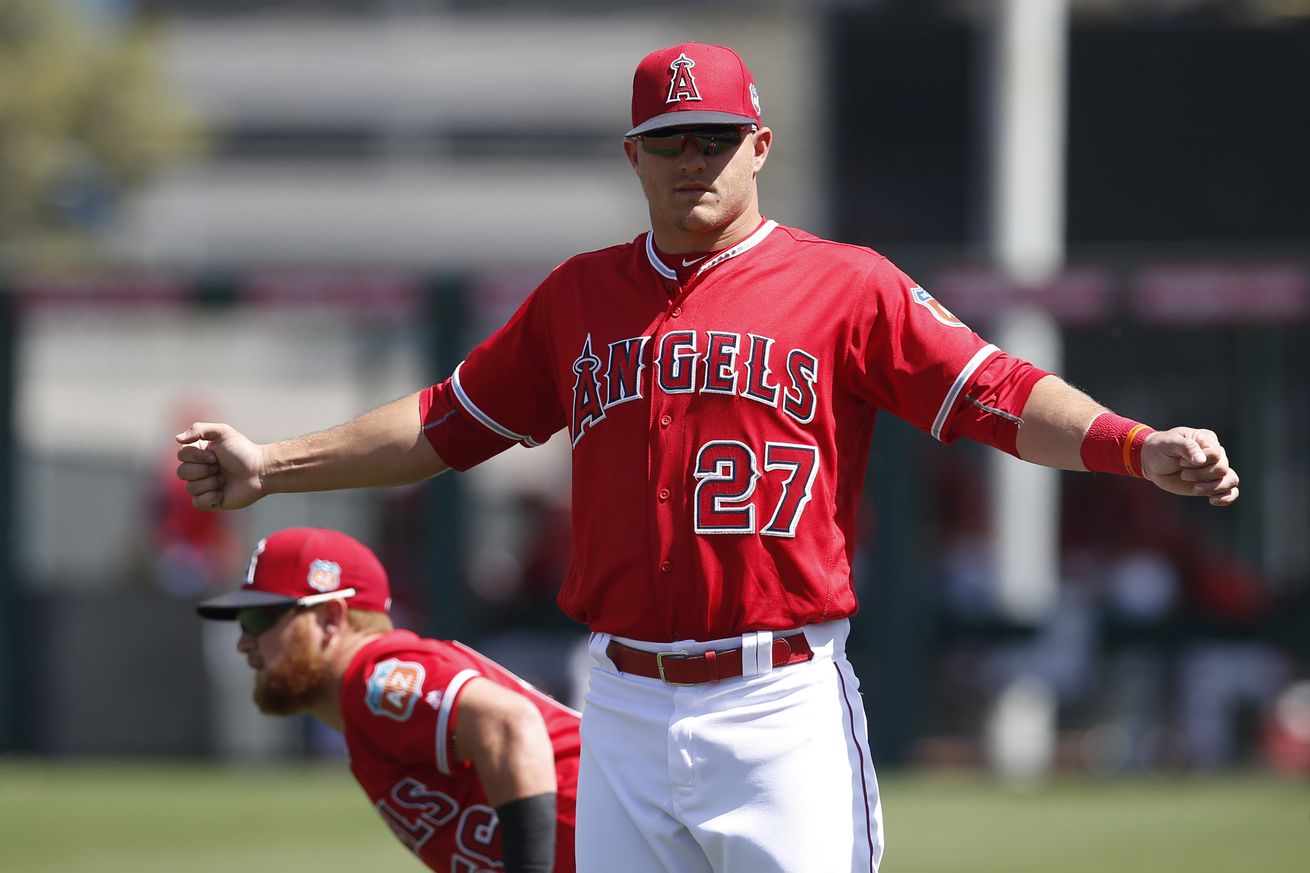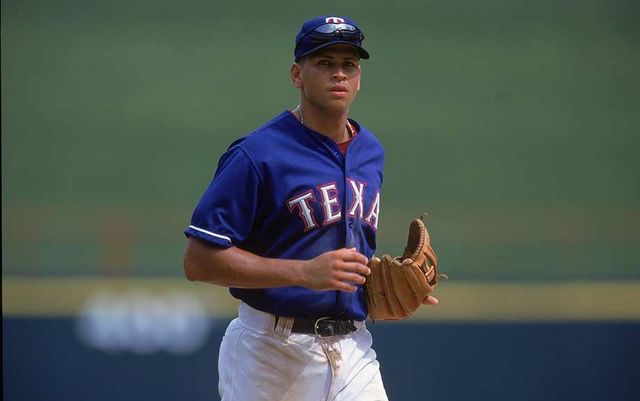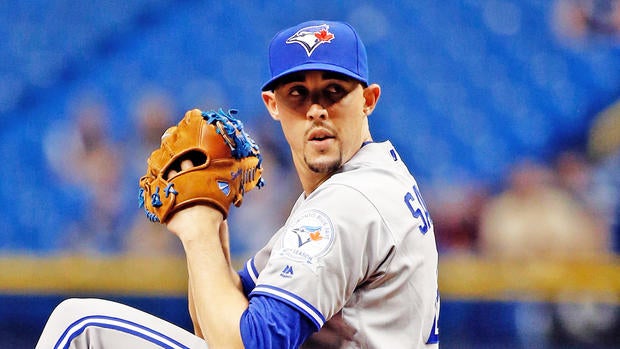/cdn.vox-cdn.com/uploads/chorus_image/image/55601759/usa_today_10148364.0.jpg)
Coming into this season, the Chicago Cubs were heavily favored to win the NL Central while the Milwaukee Brewers were expected to finish third in the division (at best). I’ll give you three guesses who’s in first place at the All-Star Break.
The Milwaukee Brewers are currently 50-41 and 5.5 games ahead of both the Cubs and Cardinals for first place in the National League Central. The division is absolutely one of the weaker ones in baseball (the Cincinnati Reds, at 39-49, are within shouting distance of first at 9.5 games back) but the Brewers’ success has put just about all of baseball on notice. While many expected the team to continue its ongoing rebuilding efforts, the organization, led by General Manager and Harvard political science major David Stearns, is competing for a playoff berth. While Milwaukee’s first-half triumphs may not have been in the organization’s plans, the Brewers are in full command of first place with just 71 games left in the season. Their dominion over their division is getting more and more serious with each passing day. Even though many have tried to punt on having this conversation, we must force ourselves to face this inexorable fact:
The Milwaukee Brewers are for real.
How they have gotten to this point is most certainly a matter of intrigue. In terms of Wins Above Replacement, the team’s leading hitter is third baseman Travis Shaw. Shaw and two other prospects were sent to Milwaukee from the Red Sox in exchange for reliever Tyler Thornburg after last season. This year, Shaw is batting .299 with a .570 slugging percentage; the latter figure ranks fourteenth in all of baseball, ahead of noted big boppers such as Logan Morrison, Mike Moustakas, and Miguel Sanó. Thornburg, on the other hand, will not pitch for the Red Sox after undergoing season-ending surgery for Thoracic Outlet Syndrome last month. Whoops.
The next most fascinating Brewer story is that of first baseman Eric Thames. In stints with the Mariners and Blue Jays in 2011 and 2012, Thames hit a competent but unspectacular .250 with 21 home runs. After being demoted late in the 2012 season and bouncing around the minors with three different clubs in 2013, Thames was signed by the NC Dinos of South Korea’s KBO League. Thames suddenly turned into South Korea’s answer to Miguel Cabrera, hitting 124 home runs in just three seasons. Additionally, he hit .349 and was the KBO’s Most Valuable Player in 2015.
And, as you probably figured, he’s now producing serious results for the Milwaukee Brewers. Thames leads the team in home runs (23) and runs scored (58). While his batting average has fallen to .248 after a scorching start to the season, he still has a .374 on-base percentage and has walked in 15.5% of his plate appearances.
There have been other contributors to the Brewers’ success, too. Players such as Domingo Santana, Manny Piña, Orlando Arcia, Jesus Aguilar, and even Eric Sogard have all contributed at least one win this season. If the last name I mentioned sounds familiar, it is; Sogard, while playing for the Oakland A’s in 2014, very nearly became the “Face of MLB” after an inside joke that went way, way too far. Sogard eventually lost the contest to Mets third baseman David Wright; just three years later, Wright’s career is likely over after a prolonged and continuing bout with spinal stenosis in his back. The contest was proof positive that you should never, ever decide things on Twitter. After all, the site’s most popular tweet comes from a man named Carter Wilkinson. The subject matter? Wilkinson was asking Wendy’s for a year’s supply of chicken nuggets. So there you go.
Anyway, where the Brewers’ story becomes truly impressive is with their pitching staff. Both Chase Anderson and Jimmy Nelson have turned in outstanding first halves, with Anderson pitching to a sub-3.00 ERA. While he has not pitched since leaving his June 28 start against the Reds with an oblique injury, Anderson is expected to return after the All-Star break. Nelson, though, has been the true ace of the starting rotation, having tossed 109 innings in 18 starts and pitching to a 3.30 ERA. Nelson is becoming the Brewers’ ace, as he’s been the team’s best (and most consistent) starter to this point in the season. In fact, Nelson’s WAR ranks in the top ten among all starting pitchers in baseball. Nelson is easily having the best year of his career, and it’s fair to wonder if he’ll be able to keep it up. But his sudden dominance is part of the Brewers’ early-season success.
The other prominent hurler for the Brew Crew is closer Corey Knebel. Knebel is also having the best season of his career and has become one of the best closers in baseball in 2017. Knebel has been so good, in fact, that his K/9 (strikeouts per nine innings) rate is third among all relief pitchers, behind only the Red Sox’ Craig Kimbrel and the Yankees’ Dellin Betances. It’s entirely possible that Knebel falls off in the second half of the season, but he too has been vital to Milwaukee’s ascendancy to the top of the NL Central.
Of course, this story would be incomplete without addressing the Chicago Cubs and, more broadly, the collective mediocrity of the rest of the NL Central. While Chicago likely still has the most talent of any team in the division (FanGraphs still projects them to win the NL Central), the Brewers have separated from the pack as a result of their World Series hangover. And even as the Cubs’ season has slowly morphed into the title defense from hell, no one in the division, aside from Milwaukee, has taken advantage of their struggles.
The Milwaukee Brewers are no joke. They’ve been in first place outright since June 7 and while many have panicked about the state of the Cubs, the Brewers have started to pull away in a somewhat stunning development. They’ve gotten excellent pitching and timely hitting from unlikely sources and their run differential says that they should have performed exactly as well as they did in the first half of the season.
And whether they have gotten their most important pieces from the minor leagues, the Red Sox, or South Korea, the Milwaukee Brewers will try to finish what they started and lock up the National League Central in the second half of the season.

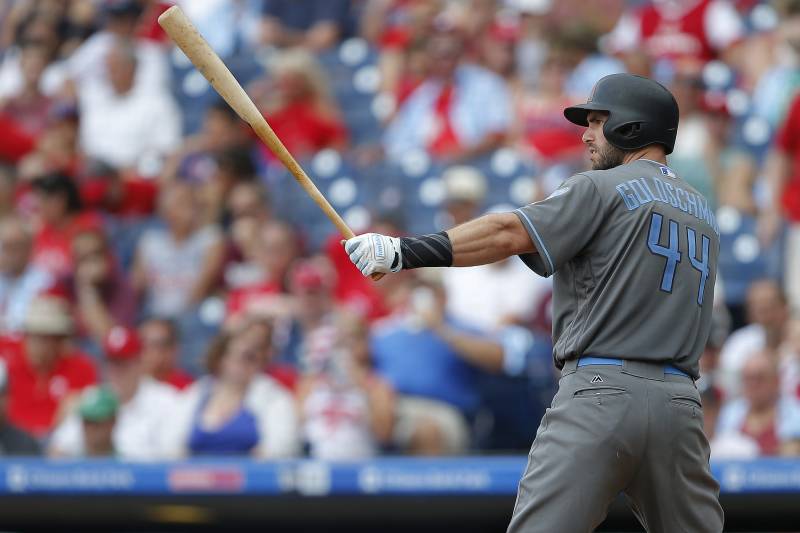
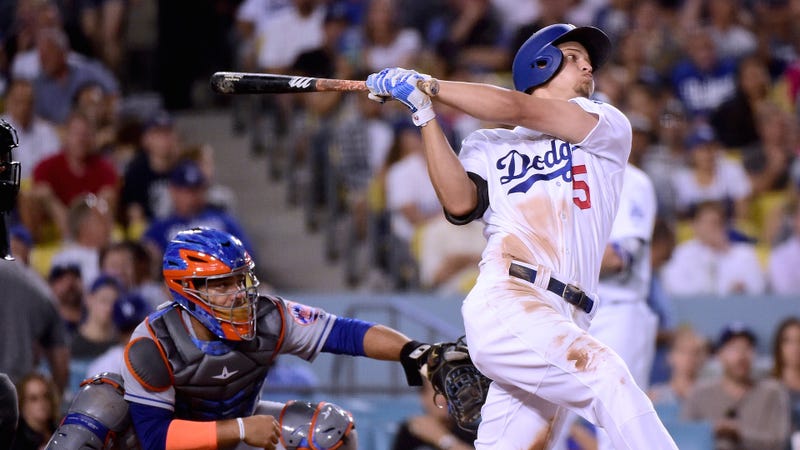
/cdn.vox-cdn.com/uploads/chorus_image/image/52670317/614396972.0.jpg)
